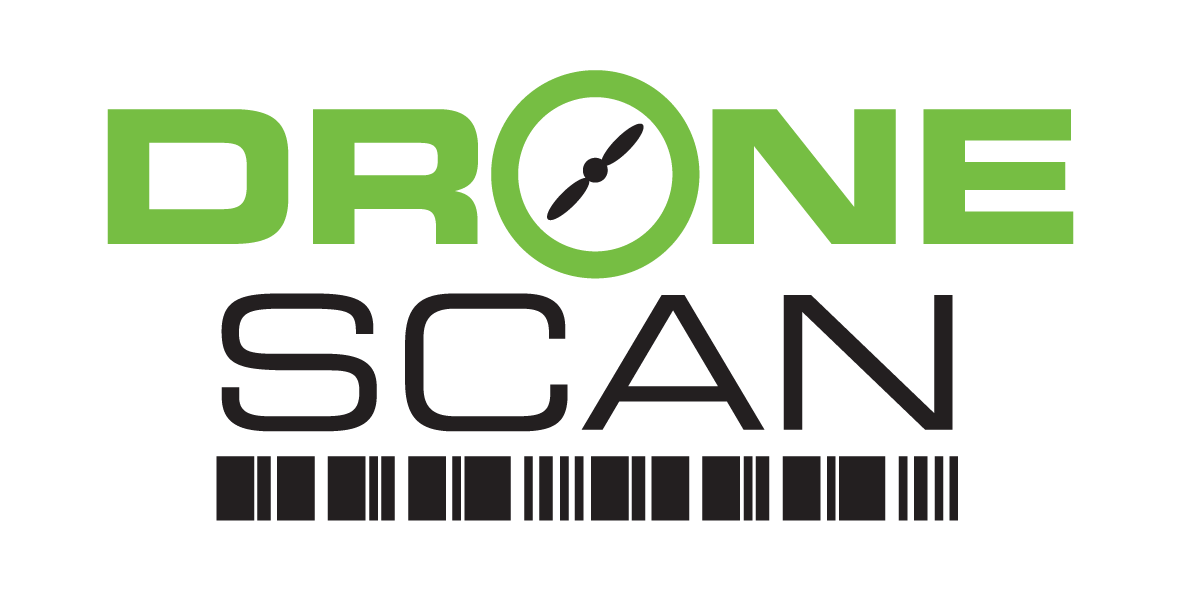When DJI launched the M100 DJI Developer Drone in 2015, it really enabled us to execute on the DroneScan vision. Namely that a Drone platform with a Scanner payload could be used more effectively in warehouses for Barcode based scanning of pallets and products stacked at height in a faster, safer and more reliable manner.
What we saw immediately in the DJI M100 was unlike any other drone on the market for our application for many reasons, namely:
We could mount our payloads - Barcode scanners, laser rangefinders, RFID scanners, Lights, Operator displays etc
We could access power and communications on the drone
The M100 had an additional key component, “Guidance” which allowed for stable indoor flight with an additional sensor array.
Specialist Optical zoom Camera’s could be optionally attached for operator feedback at height
It was and is a robust developer platform that we could easily reconfigure and repair down to key components
Over the last 4 years we have run several projects with customers and also sold our scanning payloads compatible with the M100 to a variety of early adopter international drone and integration partners.
The DJI M100 has now reached end of life, and even though the M200 may look like the replacement drone for our uses, it has not materialised as such. The M100 over time also showed us some of the limitations of the platform and our own challenges as below;
The final Industrial platform is relatively expensive ending up between $4000 and $5000 when Guidance for indoor stability, Camera and long life batteries were added to the build
All these components had to be sourced, assembled and configured
It is a large, bulky platform to travel with and transport and even to fly.
Enter the Mavic Series - Enterprise with Modular Accessories.
When the Mavic consumer series burst onto the consumer scene from DJI in 2016 it was clearly a big move from the previous generation like the Phantom. Most notably its small form factor also embedded the indoor stability with a built in camera.
While exciting for the consumer market in terms of price and performance it did not offer us as DroneScan the industrial opportunity to add accessories or access power for our payloads.
This has now changed with the release of the enterprise Mavic series which via the modular accessories allows us to build a payload to fit the Mavic. It also leverages the batteries , spares and other accessories from the consumer line where the M100 did not have this consumer equivalents.
The DJI Mavic Enterprise Payload Scanning and IOT Accessories from DroneScan, code name Hummingbird will be developed and sold in at least two models one being LITE with wireless (batch) integration to customers product and stock databases and systems and our FULLer offering that has traditionally provided real time integration to enterprise WMS and ERPs of our warehouse customers
For more information about this incredible platform that we feel will lift our DroneScan offering to the next level please see the full news article from DJ below in 2018 and the introductory YouTube Link
DJI Press Release of Mavic Enterprise 2
You Tube Video of Mavic Enterprise
Our website will be updated with product demo’s and videos and our sales team has introductory pricing for partners and customers. We aim to release the first partner version in Q1 2020.
For more info please contact salesteam@dronescan.co



